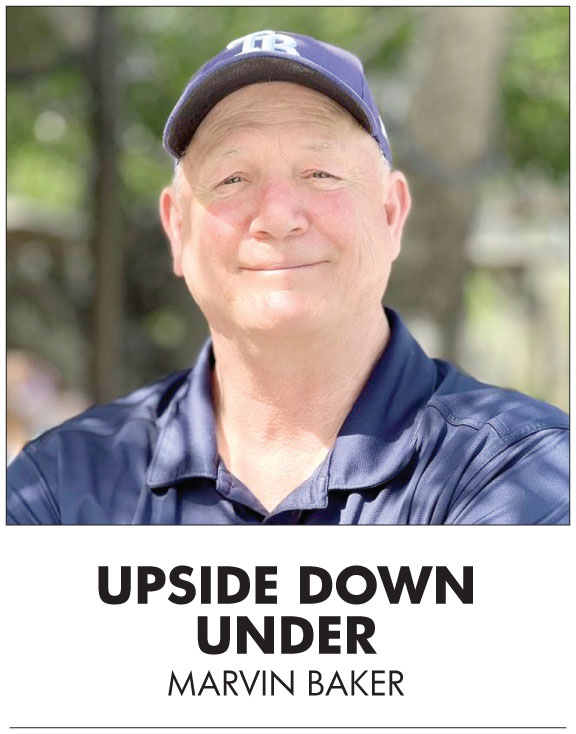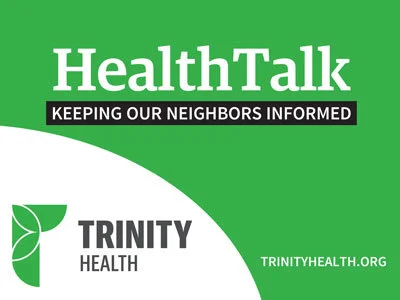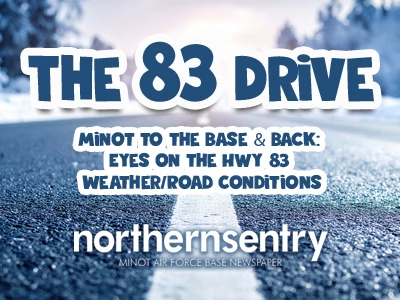Traveling across U.S. Highway 2 Monday on the way home, a thought entered my mind. How do the highways get named. For instance, why is U.S. 2, U.S. 2? Why is N.D. Highway 1806 so named?
Apparently, it’s a mixed bag of examples and explanations that start with the interstate system.
We all know that North Dakota has two interstate highways, soon to be three. I-94 runs west to east across the state from Beach to Fargo. I-29 runs north to south from the Canadian border just north of Pembina, to near Hankinson where it crosses the South Dakota state line.
U.S. Highway 85, running from the Canadian border to south of Bowman and into South Dakota is also called the Theodore Roosevelt Expressway and will eventually take on a new title, Interstate 27.
Why 27? Why not 39 or 44? It seems like 56 is a good number too. As it turns out, north-south interstate highways are numbered from west to east and are always odd numbers while west-to-east interstates are even numbers.
For instance, Interstate 15 in Montana starts at Sweetgrass with Coutts, Alberta right across the border. It goes into Idaho near Monida.
On the other side of our state, in Minnesota, is I-35 which is a major north-south route from Duluth to the Iowa state line. So naturally, any interstate that is north and south in North Dakota would have to be in the 20s, thus I-27 in the west.
U.S. highways are numbered in a similar fashion. But because they often take lots of turns and often merge with other highways, it’s hard to be abstract.
However, generally speaking, when a highway carries multiple routes, the lowest numbered route typically takes precedence for the designation. For example, if a road carries both U.S. Highway 52 and U.S. Highway 281, it will generally be designated as U.S. 2.
North Dakota state highways aren’t part of the interstate or U.S. system, although a U.S. highway will take precedence when it merges with a state highway. A good example would be U.S. 52 intersecting with N.D. Highway 200 west of Carrington. It is most often referred to as U.S. 52.
State highways are named based on a numbering system developed by the State Highway Commission in 1923.
Major routes are assigned one or two digits with odd numbers generally running north-south and even numbers running east-west. The North Dakota Department of Transportation manages and maintains these routes producing various maps.
This numbering system isn’t as rigid as the U.S. and interstates systems. Examples of that include N.D. Highway 5 that runs east-west parallel to the Canadian border from Joliette in Pembina County to near Westby, Mont.
Then we find N.D. Highway 11 which runs parallel to the South Dakota state line starting west of Hague in Emmons County and running east to I-29 near Hankinson.
As far as north-south, N.D. Highway 1 starts at Maida, north of Langdon and meets the South Dakota state line and S.D. Highway 37 near Ludden, south of Oakes. N.D. Highway 8 also starts at the Canadian border at Northgate and meets S.D. 75 south of Hettinger.
But then N.D. 66, yes, North Dakota’s route 66, starts 3 miles south of Dunseith and meets Minn. 11 at Drayton. So they aren’t numbered in sequence like U.S. and interstate highways.
It should also be pointed out that sometimes highways in North Dakota are named for individuals but are unofficial designations. As an example, U.S. 83 south of Moffit at the Emmons County line to the South Dakota state line is designated the Lawrence Welk Highway.
N.D. 1804, on the east side of the Missouri River and N.D. 1806 on the west side of the Missouri, are designated Lewis and Clark trails.
In addition, some state and county highways are named as scenic byways and backways.












